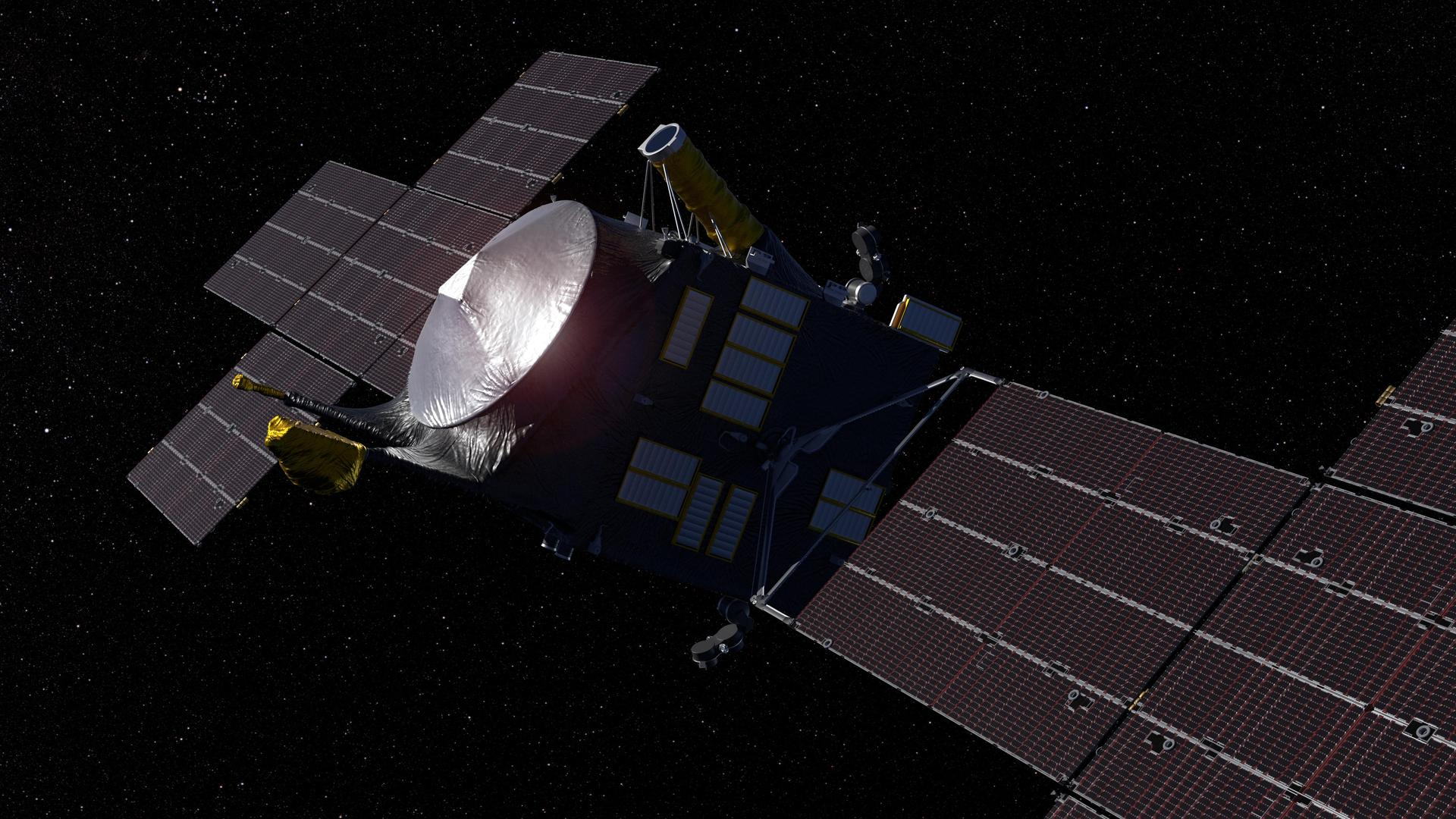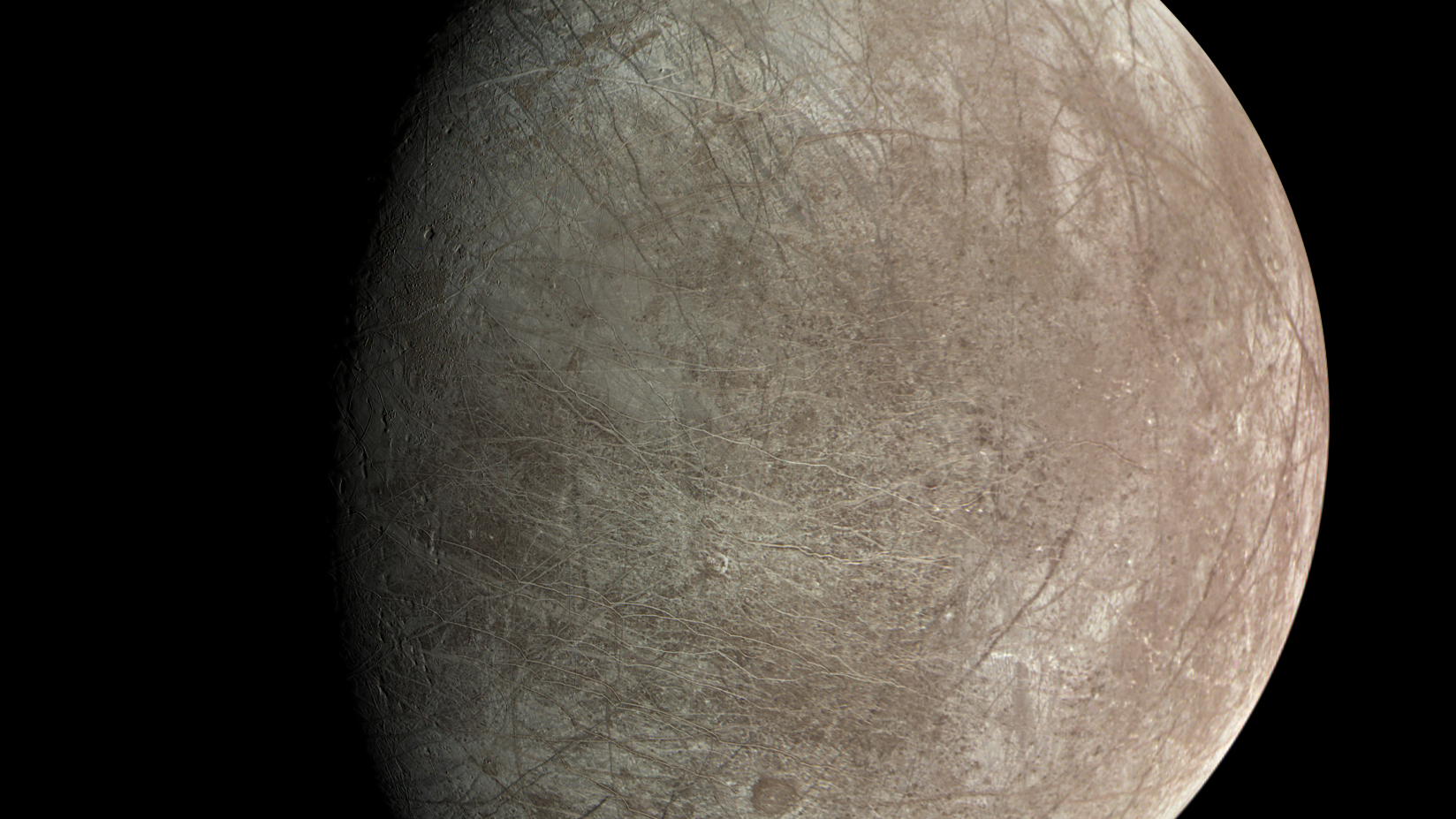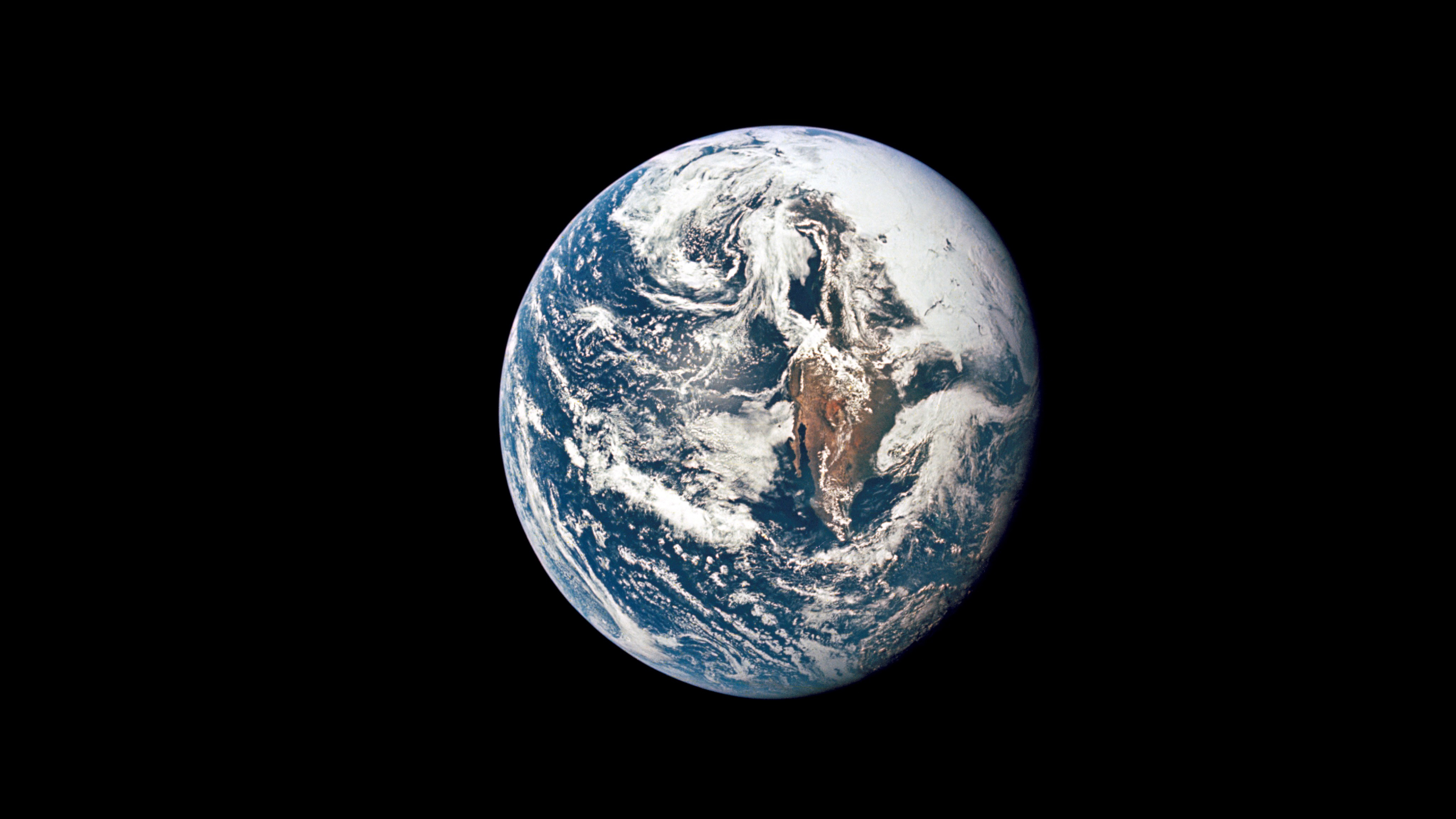
Keith Cooper
Keith Cooper is a freelance science journalist and editor in the United Kingdom, and has a degree in physics and astrophysics from the University of Manchester. He's the author of "The Contact Paradox: Challenging Our Assumptions in the Search for Extraterrestrial Intelligence" (Bloomsbury Sigma, 2020) and has written articles on astronomy, space, physics and astrobiology for a multitude of magazines and websites.
Latest articles by Keith Cooper
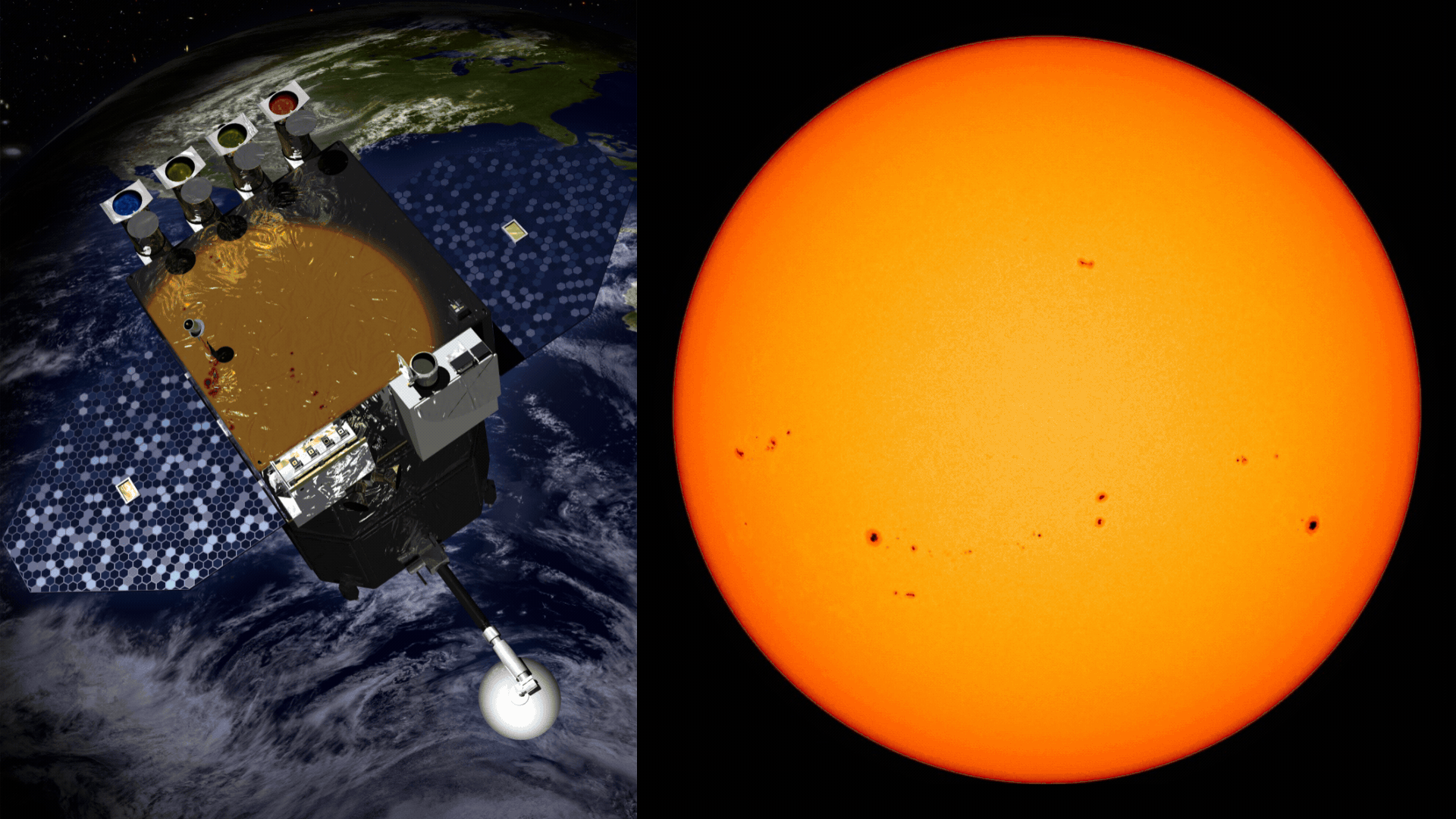
Solar Dynamics Observatory: Discovering the secrets of the sun's magnetic field
By Keith Cooper last updated
Reference Learn how the sun's secrets have been gradually revealed by NASA's Solar Dynamics Observatory.
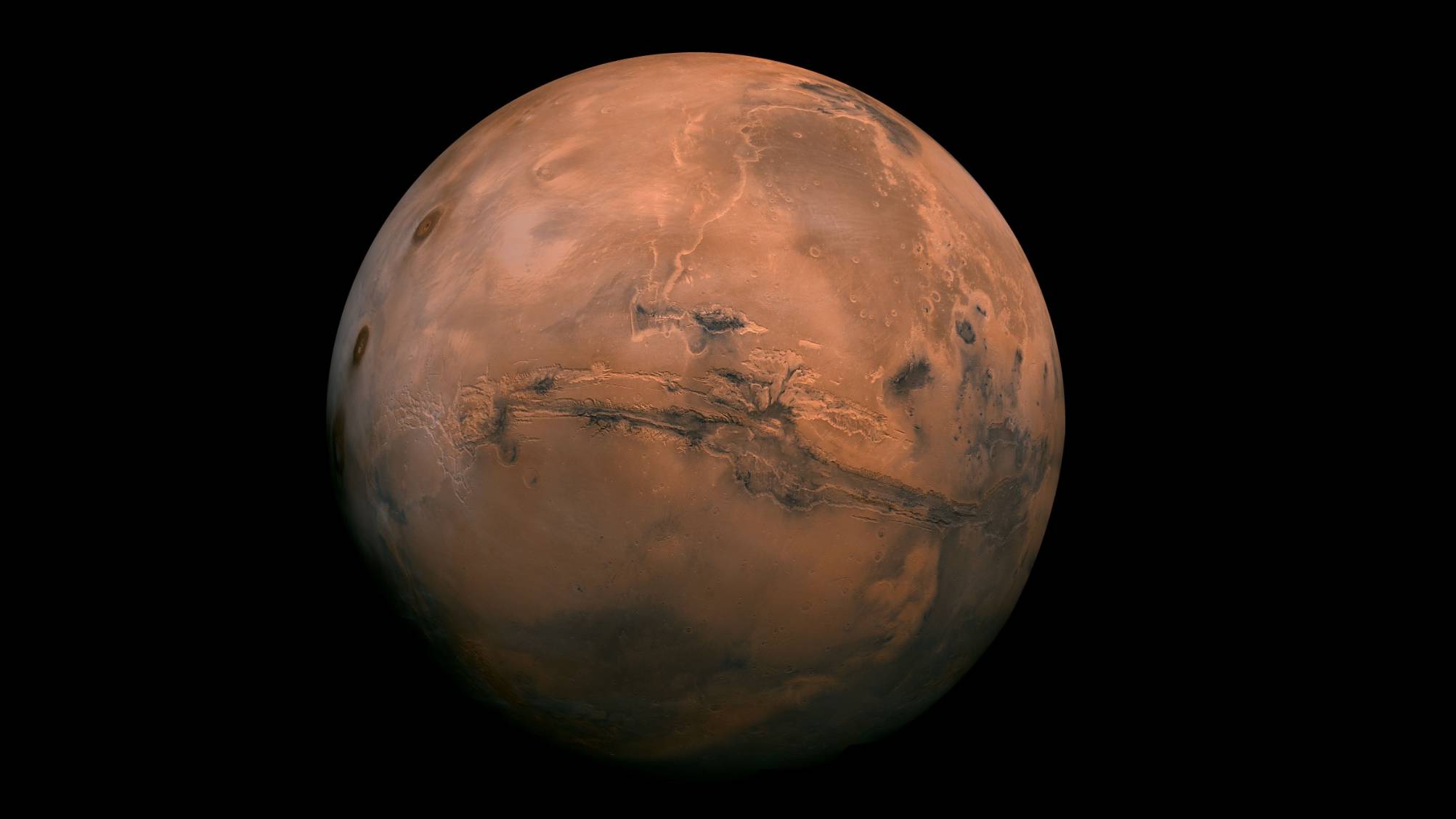
Mars is an asteroid punching bag, NASA data reveals
By Keith Cooper published
Small asteroids have the Red Planet in their crosshairs more often than not, as Mars lander's seismometer detects their impacts.
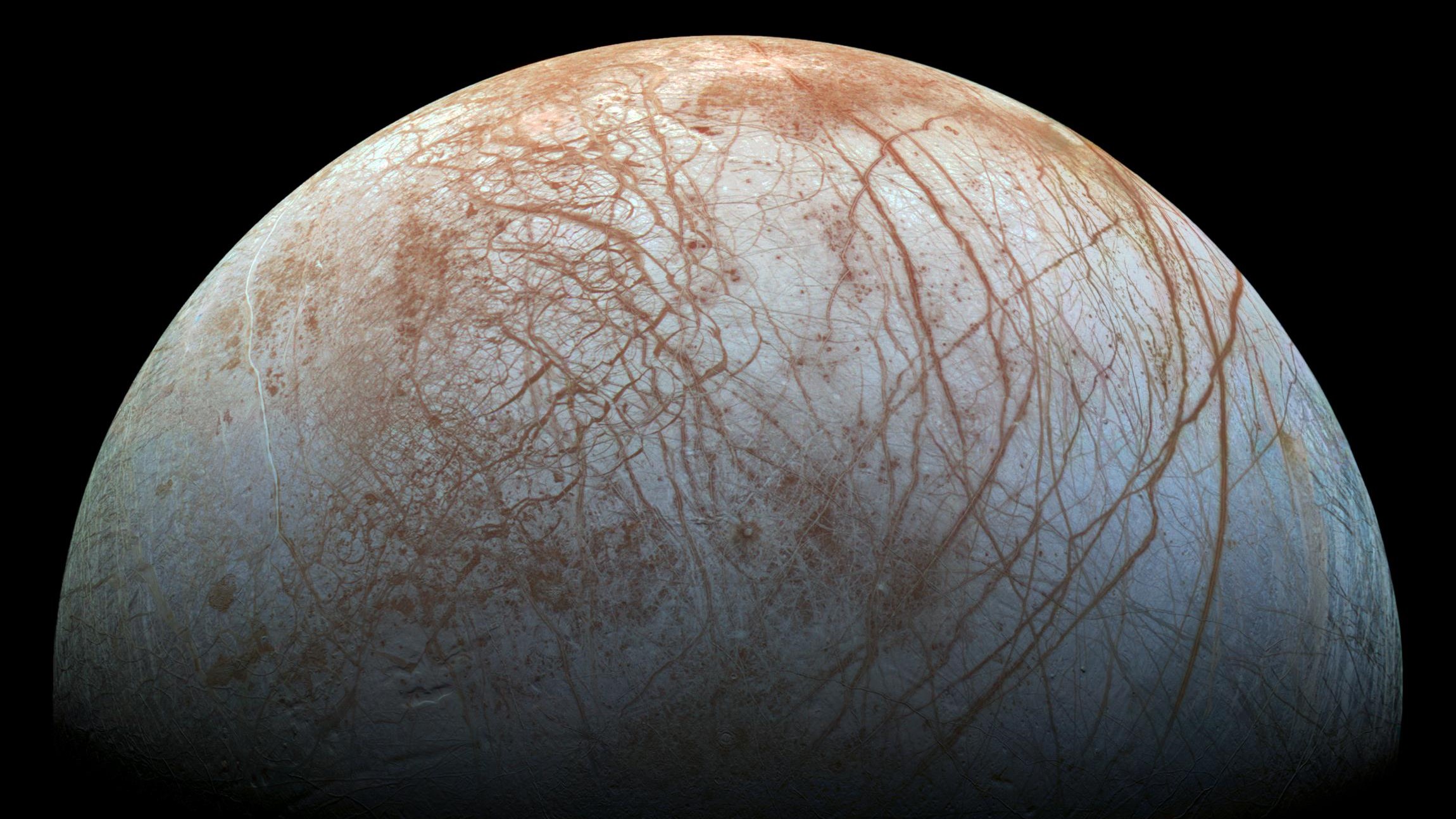
If alien life exists on Europa, we may find it in hydrothermal vents
By Keith Cooper published
Cool to moderately warm hydrothermal vents circulating water through the seabed could sustain habitable conditions on moons such as Jupiter's Europa and Saturn's Enceladus for billions of years.
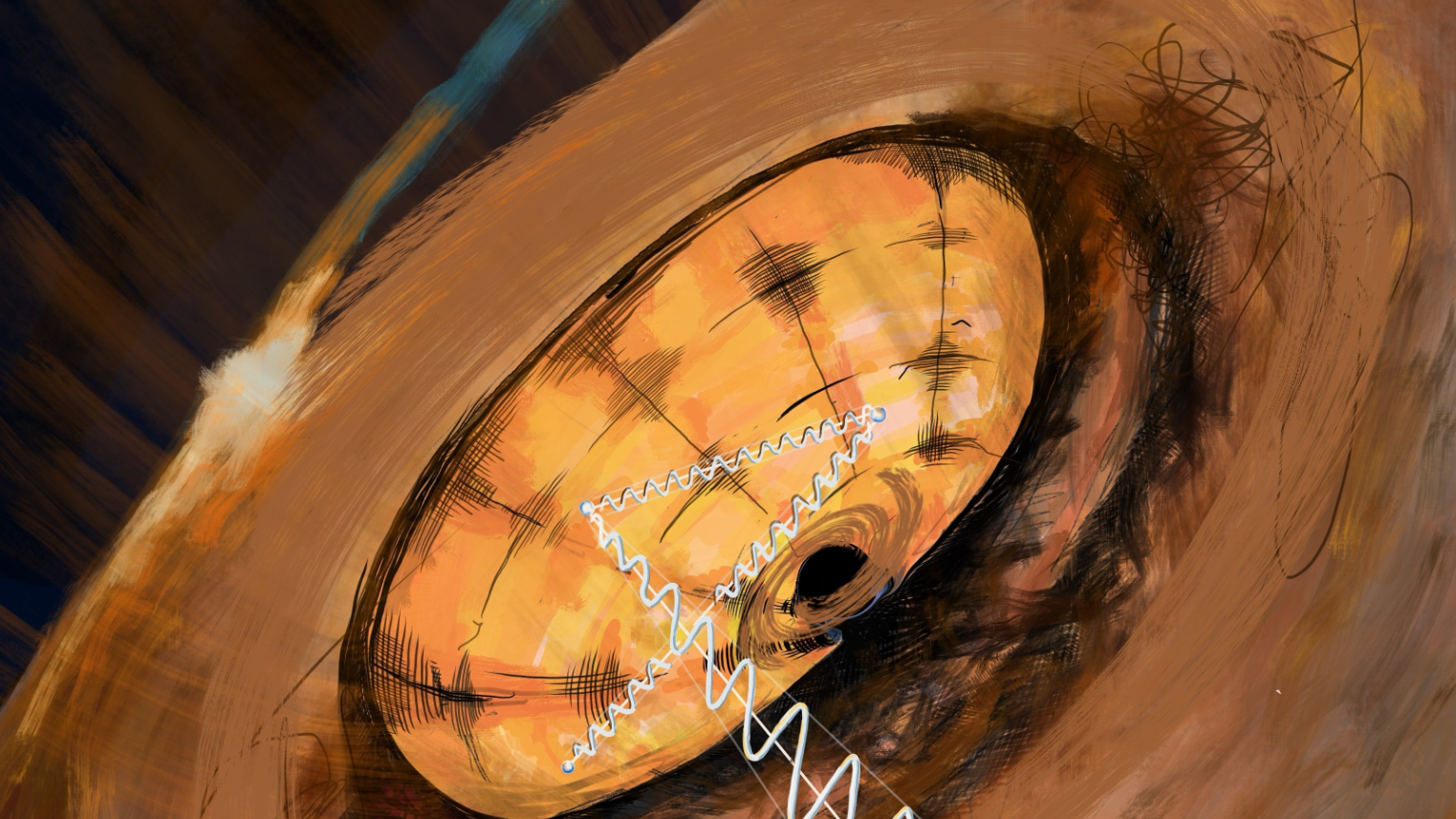
Why is mystery object Cygnus X-3 so bright? Astronomers may now have the answer
By Keith Cooper published
The X-ray-emitting binary system Cygnus X-3 features a massive Wolf-Rayet star donating matter to a compact object, probably a black hole.
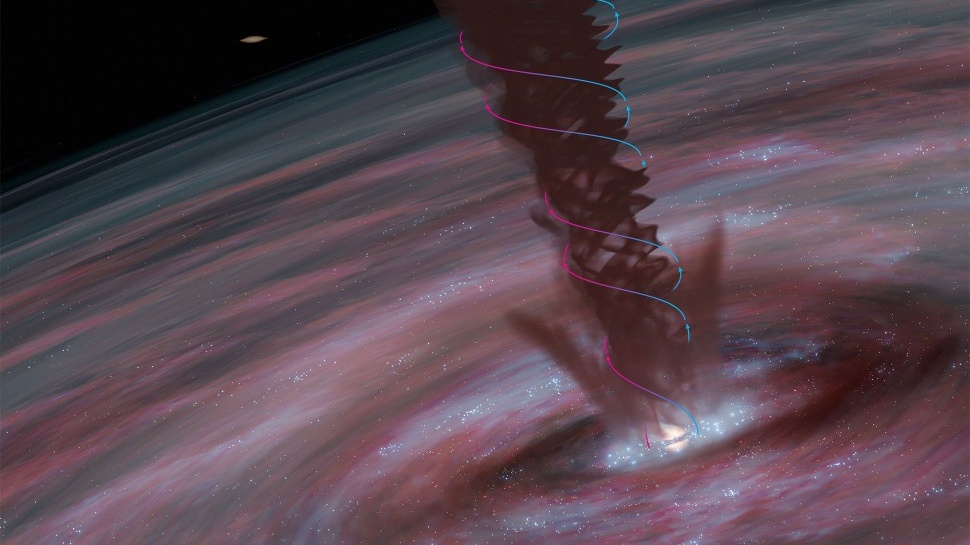
Magnetic vortices may help feed supermassive black holes. Here's how
By Keith Cooper published
A spinning magnetic wind blows from supermassive black holes, paving the way for more matter to fall into them, scientists say.
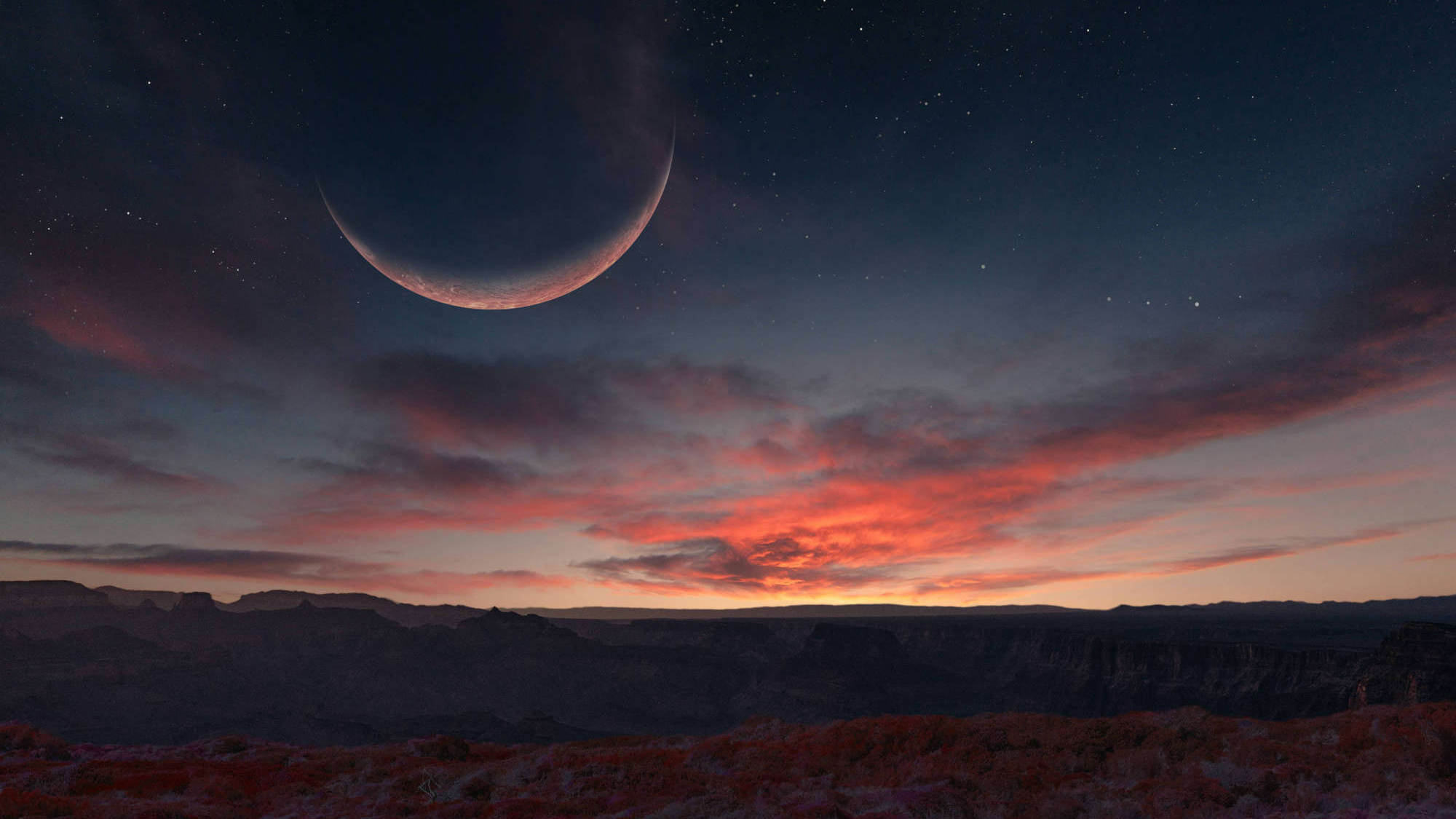
Why smaller planets are better at building large moons
By Keith Cooper published
The energy of moon-forming can have a big say in whether large or doomed smaller moons are built.
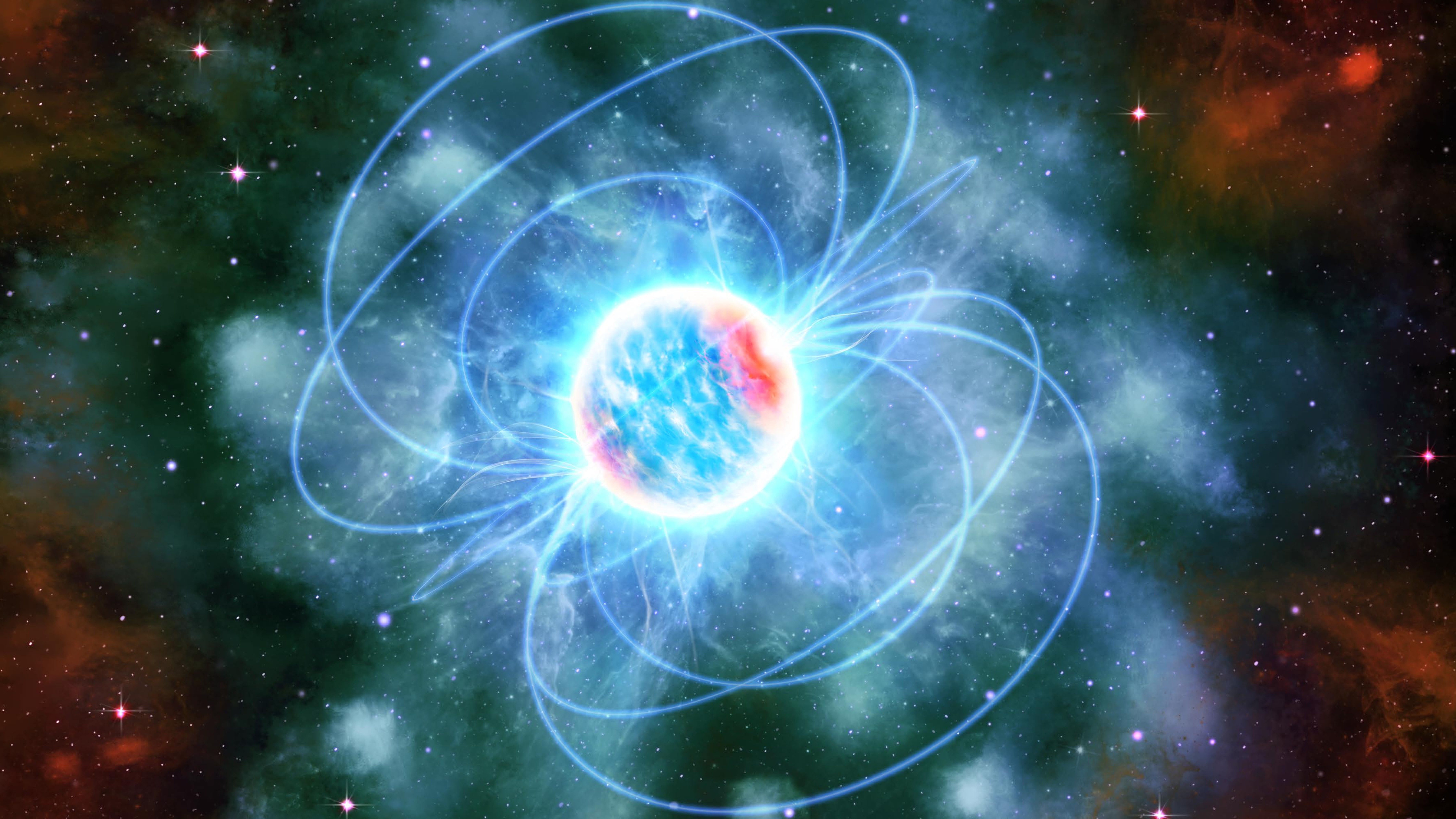
How neutron stars 'playing it cool' could unlock exotic physics
By Keith Cooper published
Neutron stars with surface temperatures millions of degrees cooler than expected rule out a swathe of possible models to describe the physics of such objects.
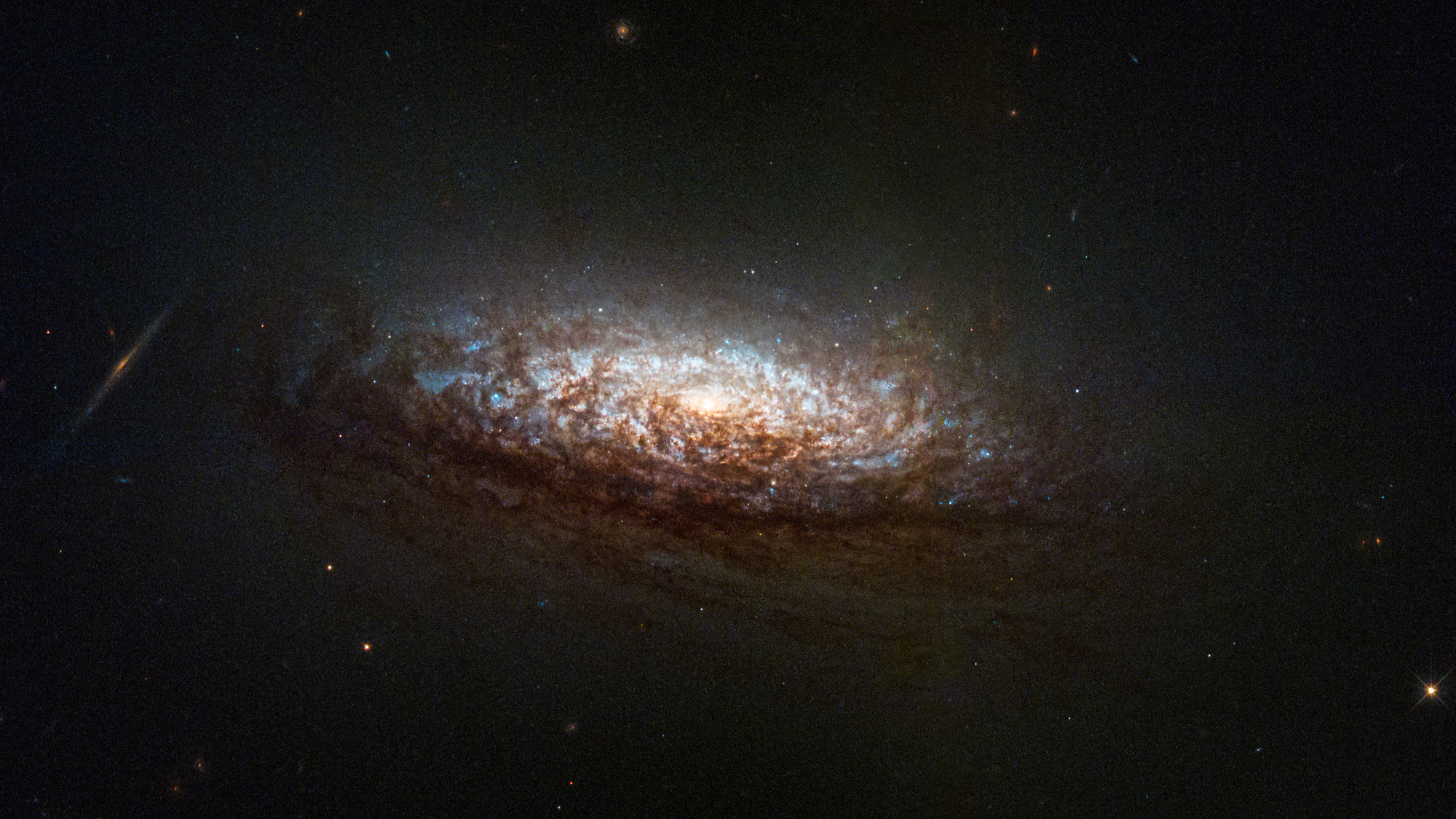
Hubble Telescope bounces back with glorious galaxy pic in '1-gyroscope mode'
By Keith Cooper published
The Hubble Space Telescope snapped a striking shot of the fluffy spiral galaxy NGC 1546, showing it can still observe the heavens in its new one-gyroscope mode.
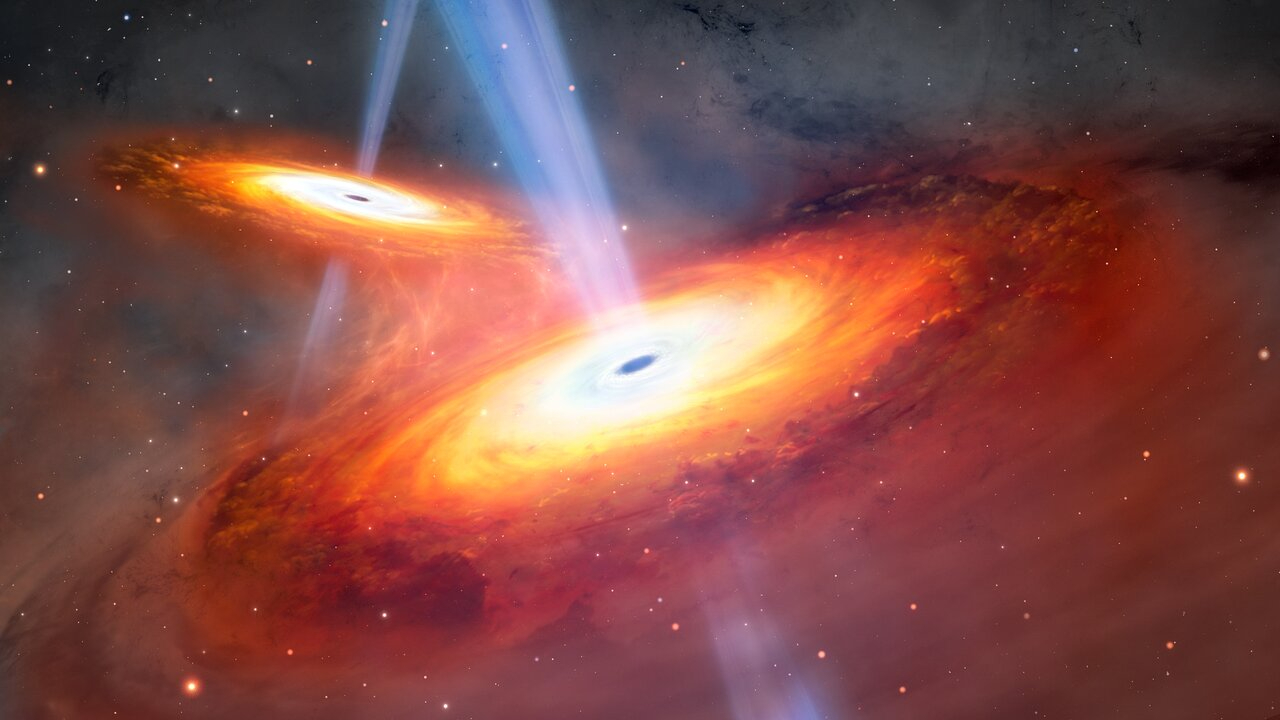
How 2 quasars at the dawn of time could be a Rosetta stone for the early universe
By Keith Cooper published
The two active supermassive black holes are the most distant pair of quasars ever seen and shed more light on how the universe transformed into what it is today.
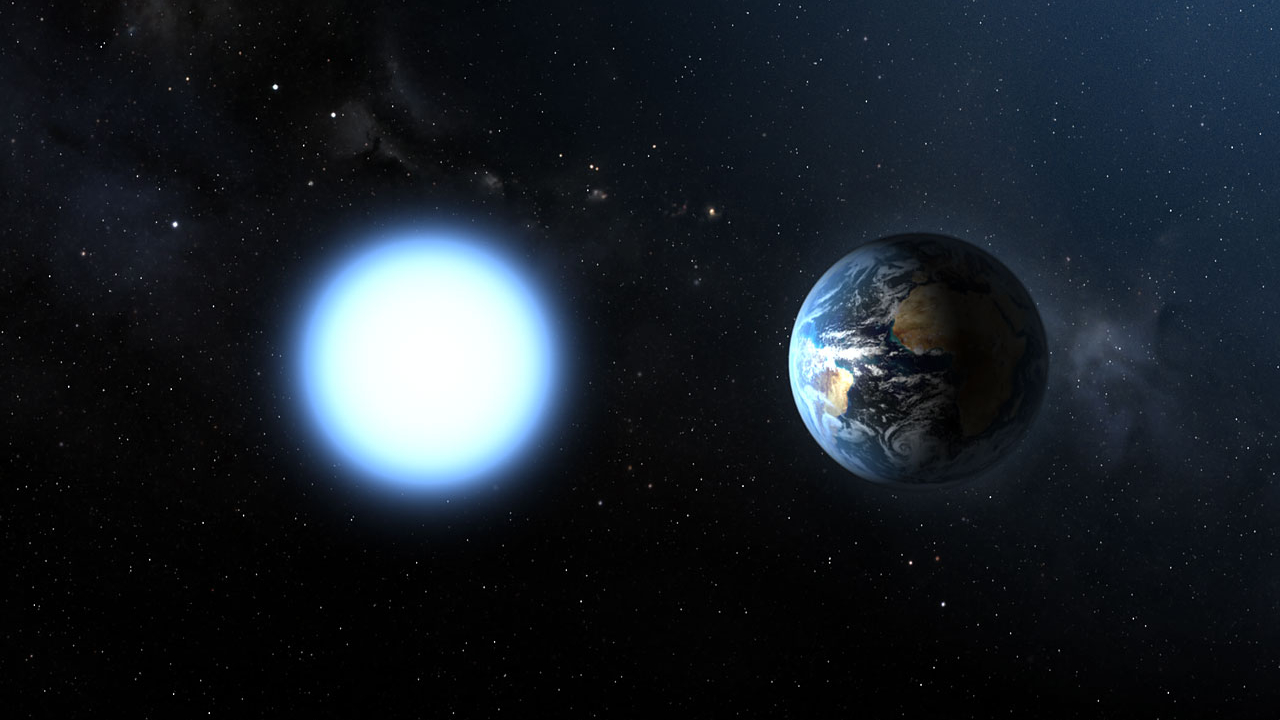
Life after stellar death? How life could arise on planets orbiting white dwarfs
By Keith Cooper published
Stellar death need not be the end for orbiting planets, which could see their ice melt as they move closer to the white dwarf that their star evolves into.
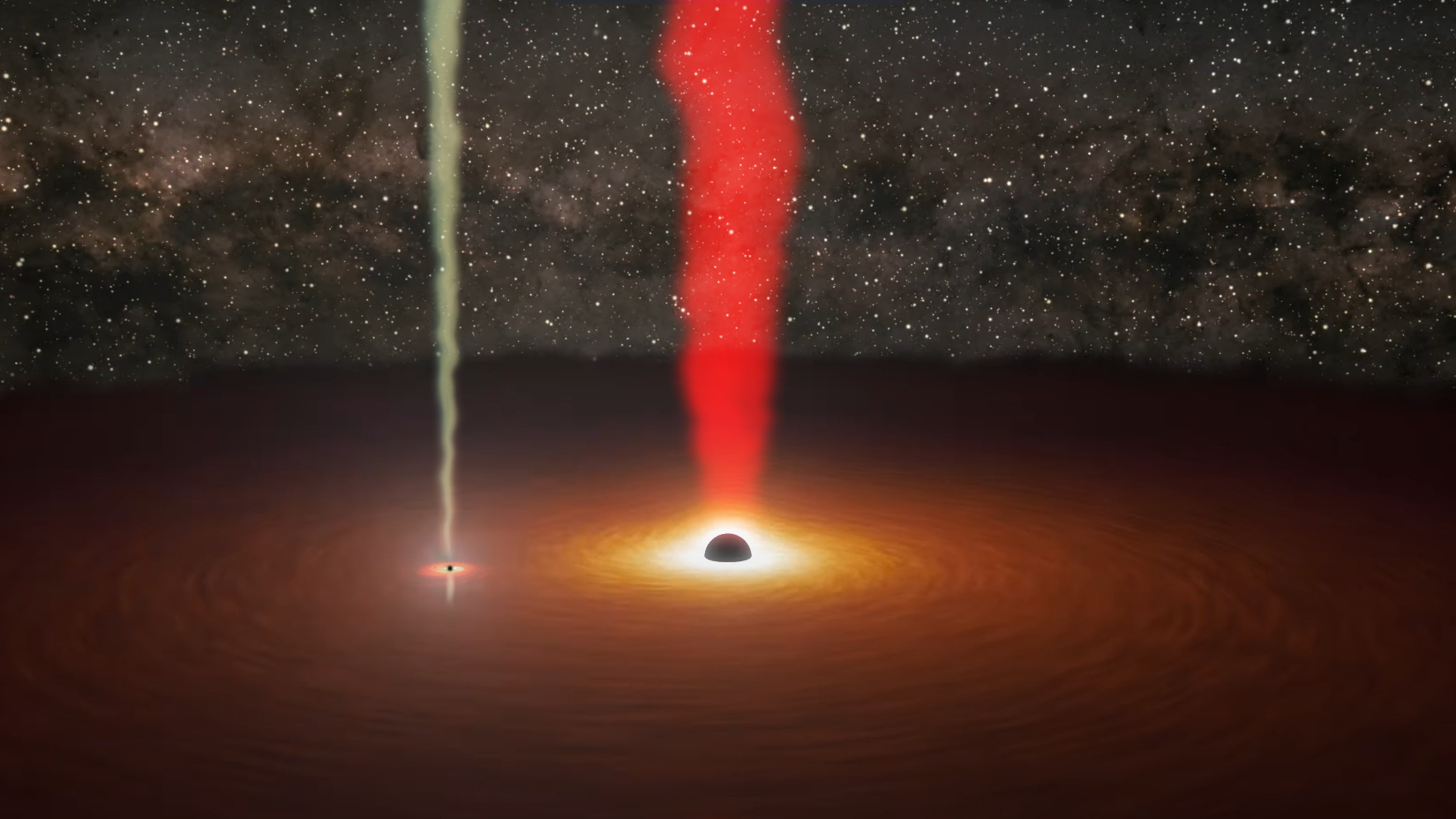
At the heart of this distant galaxy lies not 1, but 2 jet-blasting black holes
By Keith Cooper published
The two black holes at the heart of the galaxy OJ 287 are true behemoths with masses of 18.35 billion and 150 million times the mass of our Sun.
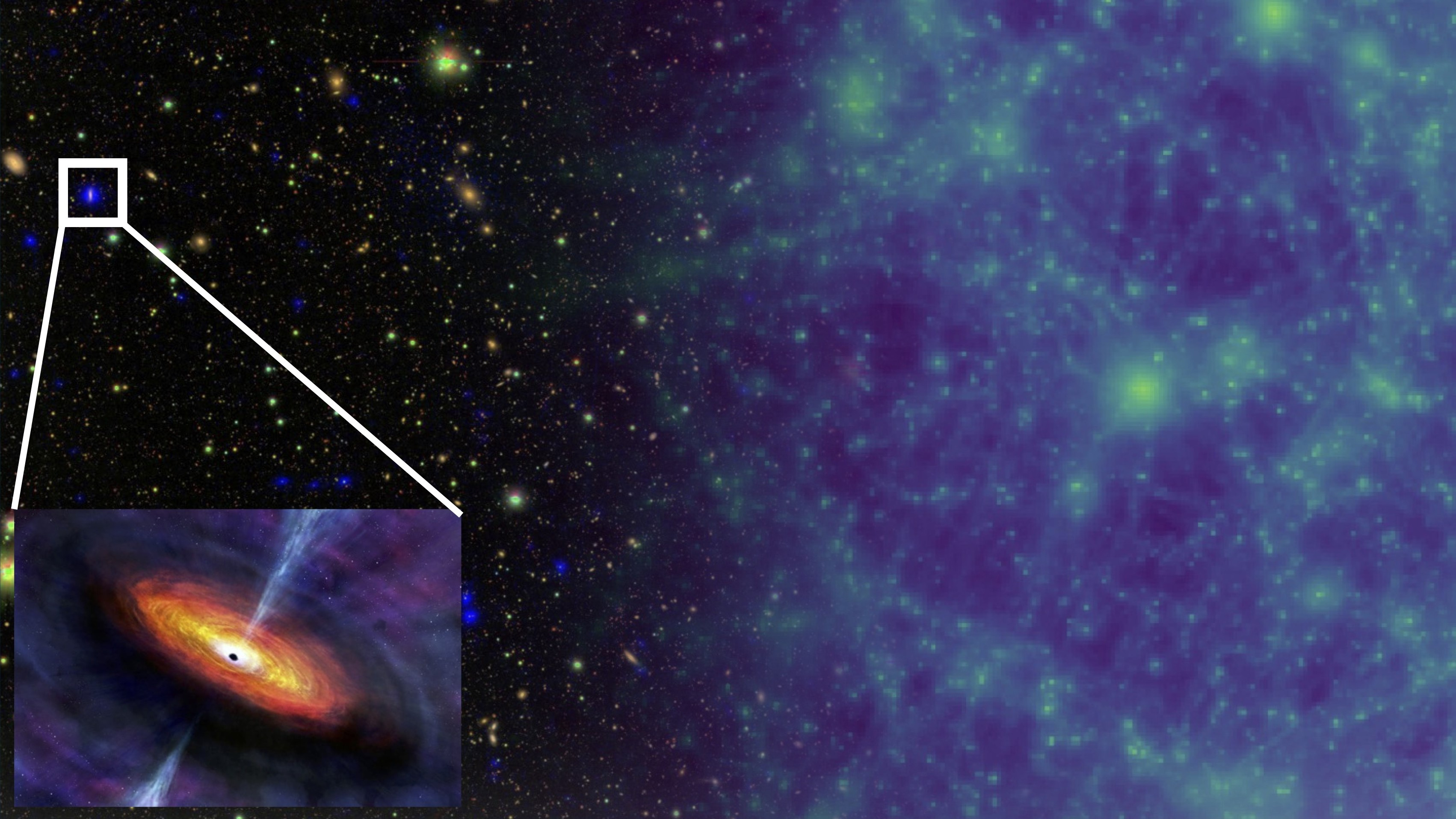
12 billion years of black hole history, revealed through X-rays and simulations
By Keith Cooper published
New findings show the black hole at the heart of our Milky Way galaxy had a late growth spurt.

Scientists find a surprise ingredient in exoplanet cake mix — sulfur dioxide
By Keith Cooper published
The presence of sulfur dioxide around a hot Neptune exoplanet with an evaporating atmosphere could help us understand how it formed.
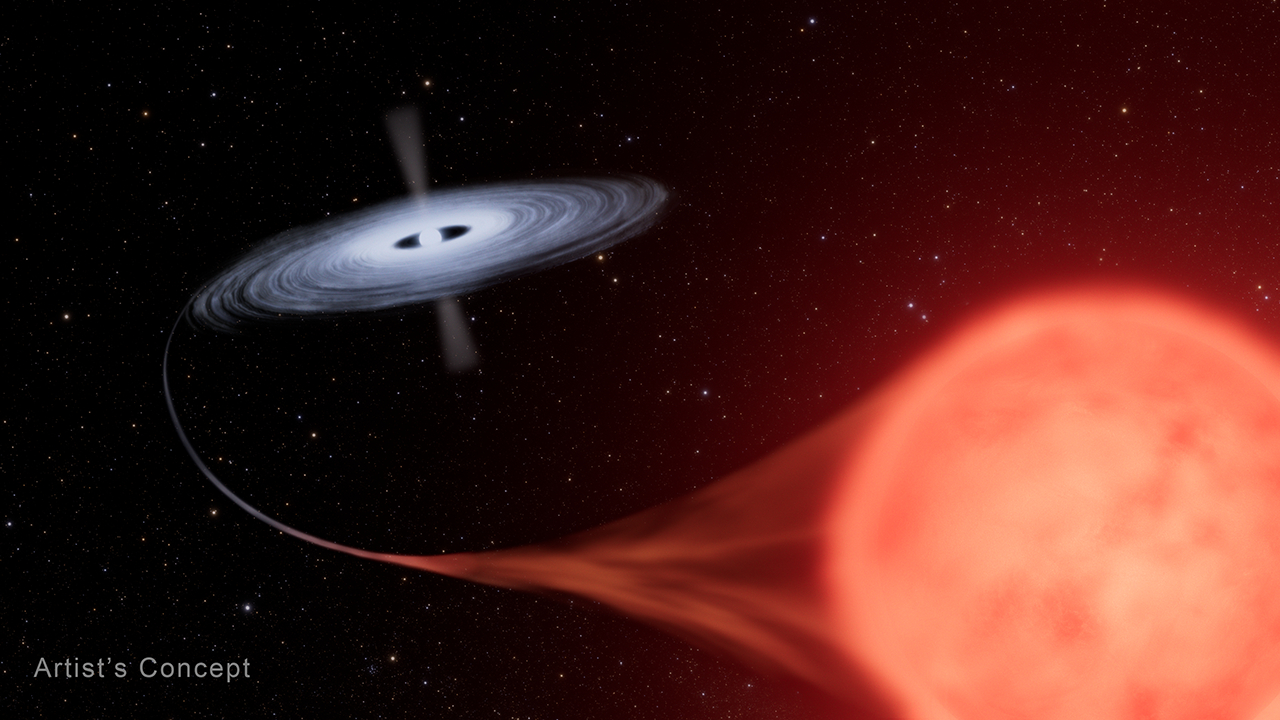
A star that exploded like a nuclear bomb is still raising questions half a century later
By Keith Cooper published
The nova caused HM Sge to brighten in our night sky by 250 times.
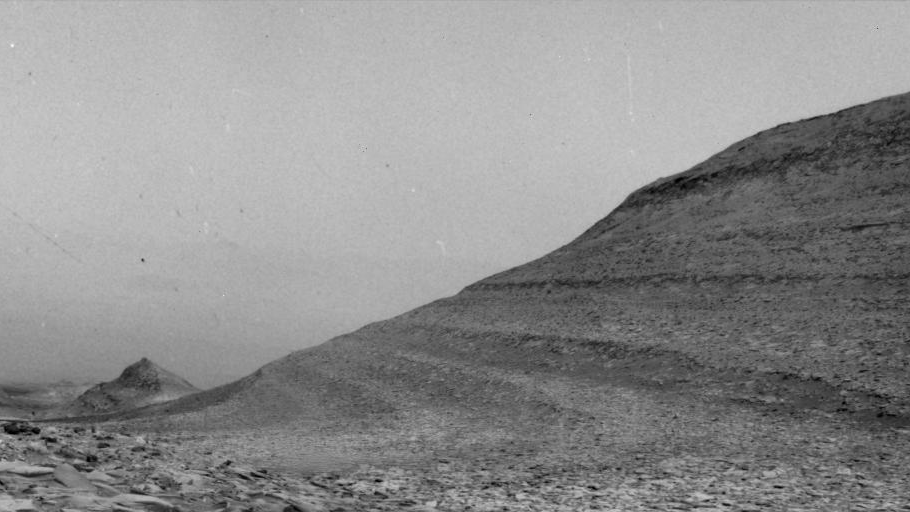
Solar storm douses Mars in radiation as auroras flicker in the Red Planet sky (video)
By Keith Cooper published
NASA's fleet of robotic Martian explorers measured the effects of May's dramatic solar storms, experiencing the equivalent of undergoing about 30 chest X-rays all at once.
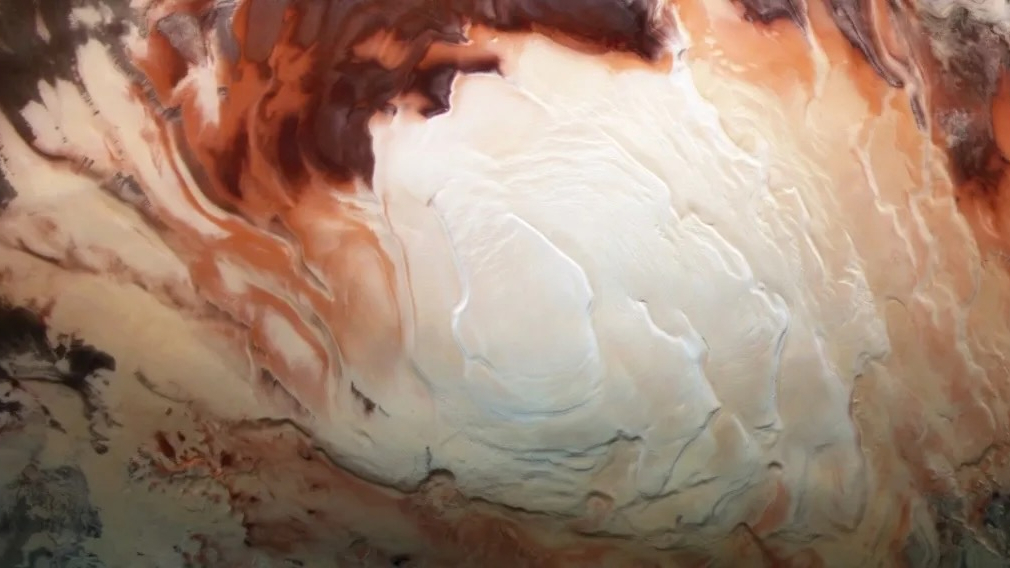
Is there really a huge subsurface lake near Mars' south pole?
By Keith Cooper published
Evidence for a lake beneath the south polar cap of Mars may have been misinterpreted, a new study reports.
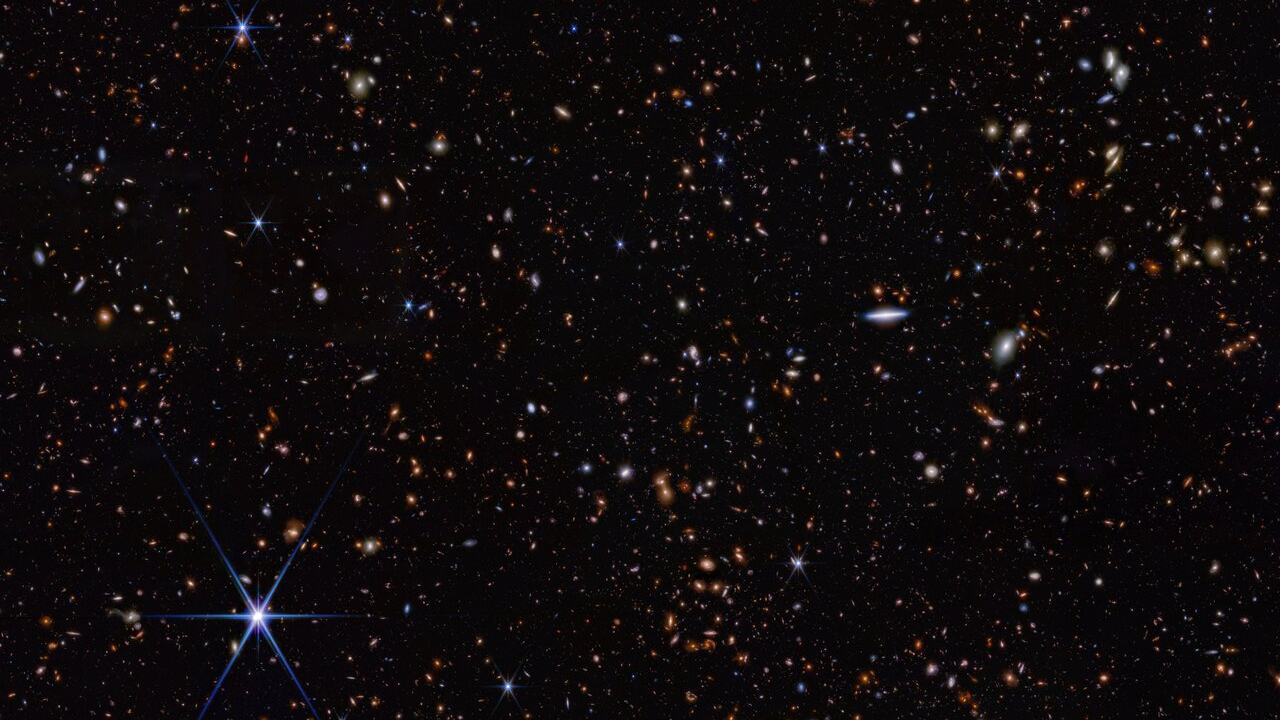
Youthful galaxy in the early universe was a heavy metal rebel
By Keith Cooper published
The existence of carbon in the early universe means that planets and perhaps even life could have formed sooner than anticipated.
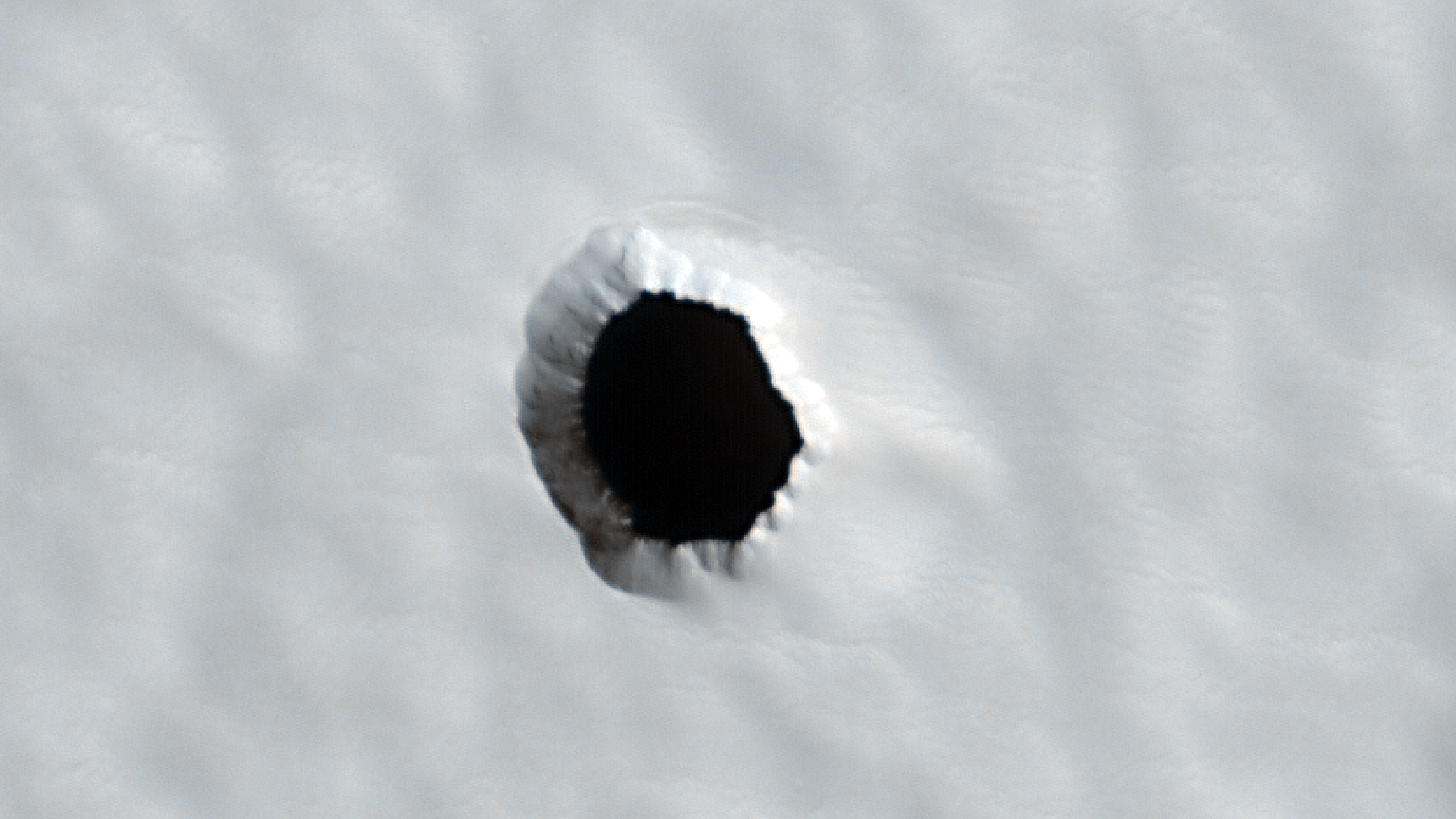
The 'hole' on Mars making headlines could be crucial to Red Planet exploration
By Keith Cooper published
Similar craters are found on Earth and the Moon, and are the product of volcanic, tectonic or even fluvial activity.
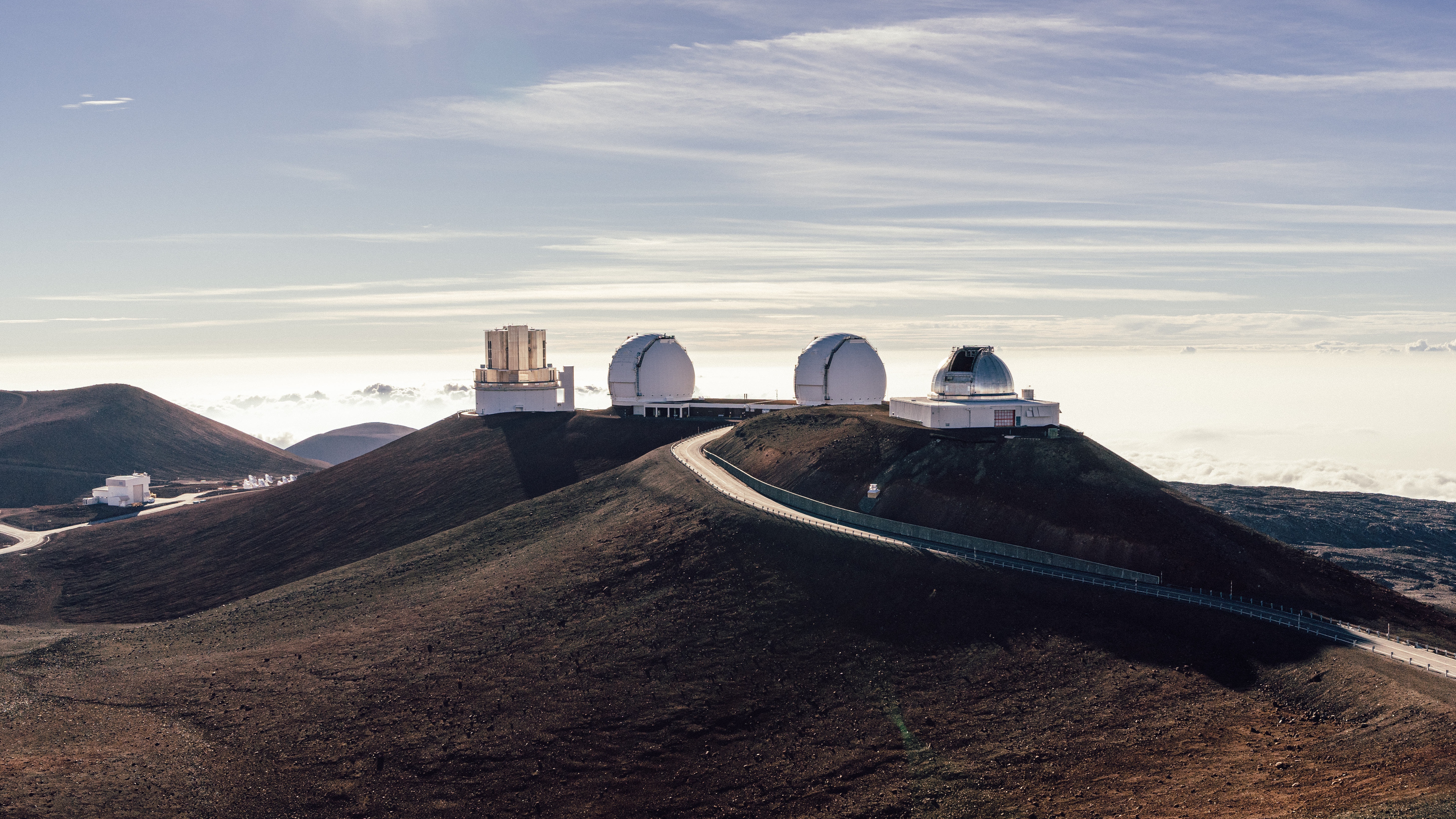
1st telescope removed from controversial astronomy hub on Hawaiian volcano
By Keith Cooper published
The 36-inch telescope and its dome has been decommissioned as part of a deal that will hopefully see the Thirty Meter Telescope receive a permit for construction on Maunakea.

This planet-forming disk shaped like a comet is struggling to survive
By Keith Cooper published
Proplyds, which are ionized protoplanetary disks, struggle to survive in the Orion Nebula as they come under an onslaught of radiation from a nearby massive star.
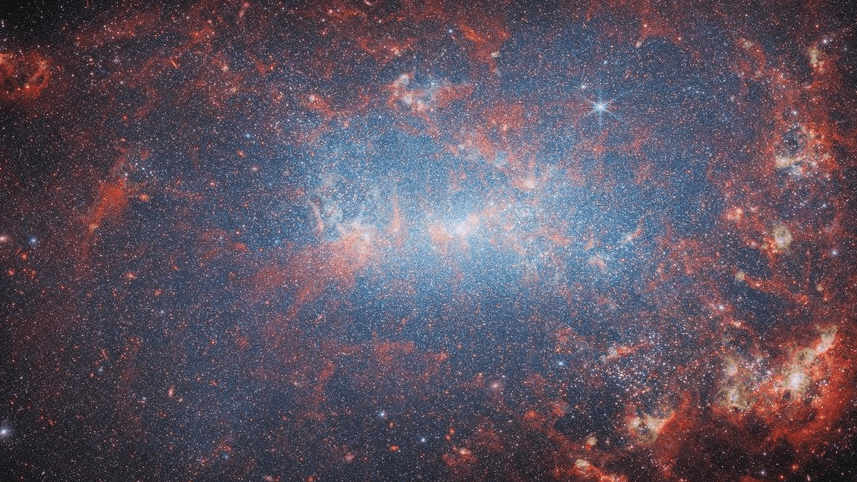
James Webb Space Telescope finds a dusty skeleton in this starburst galaxy's closet
By Keith Cooper published
The James Webb Space Telescope caught the Magellanic-like galaxy NGC 4449 is undergoing an intense bout of star formation.
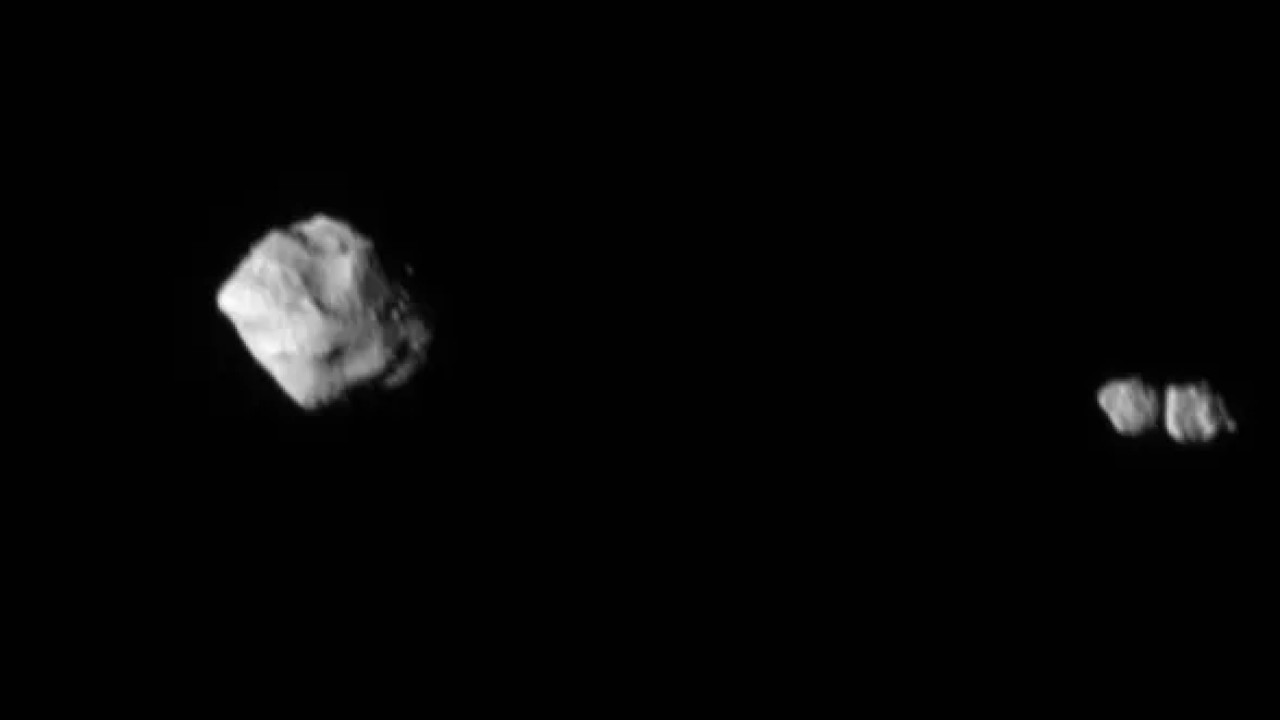
Asteroid 'Dinky,' visited by NASA's Lucy spacecraft, birthed its own moon
By Keith Cooper published
Dinkinesh, the asteroid visited by NSA’s Lucy mission in 2023, has a small moon that is made from two objects touching each other.

Are stars vanishing into their own black holes? A bizarre binary system says 'yes'
By Keith Cooper published
An unusual binary system could be evidence that some massive stars can die quietly, without a supernova explosion.
Get the Space.com Newsletter
Breaking space news, the latest updates on rocket launches, skywatching events and more!
